CRC for Low Carbon Living: Guide to the benefits of low carbon social housing.
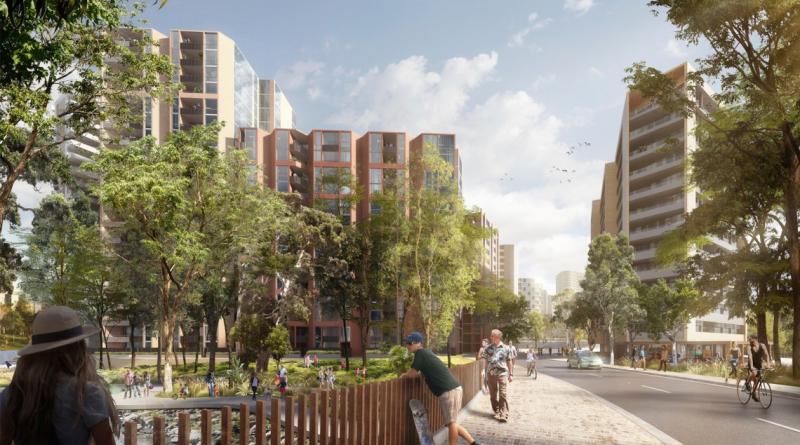
Lowering carbon emissions in social housing can yield multiple benefits and improve the ability of tenants to stay comfortable in periods of intense heat or cold weather.
One of the opportunities is the relatively centralised ownership and management of the stock. This enables providers to develop a process for improving their stock and then roll it out at scale, Dr Daniel Daly from the University of Wollongong Sustainable Buildings Research Centre says.
Daniel was one of the lead authors on the CRC for Low Carbon Living’s Guide to Implementing Low Carbon Social Housing Retrofits.
He says a big challenge is the large proportion of stock that’s ageing, much built before there were energy efficiency provisions in construction codes for residential dwellings.
This means social housing managers often face onerous maintenance costs just to keep properties liveable. There’s also the legacy of historic underinvestment by previously state owned and managed public sector housing.
The new guide is a way to help both private and public sector social housing managers navigate complexities and reap the rewards, both financial and operational.
"Always, the starting point has to be improving tenant wellbeing.”
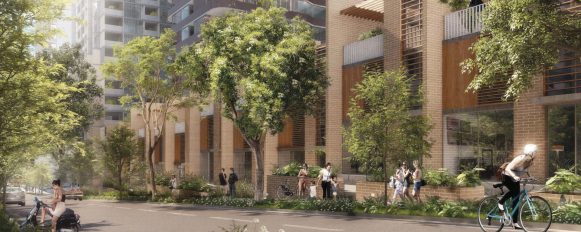
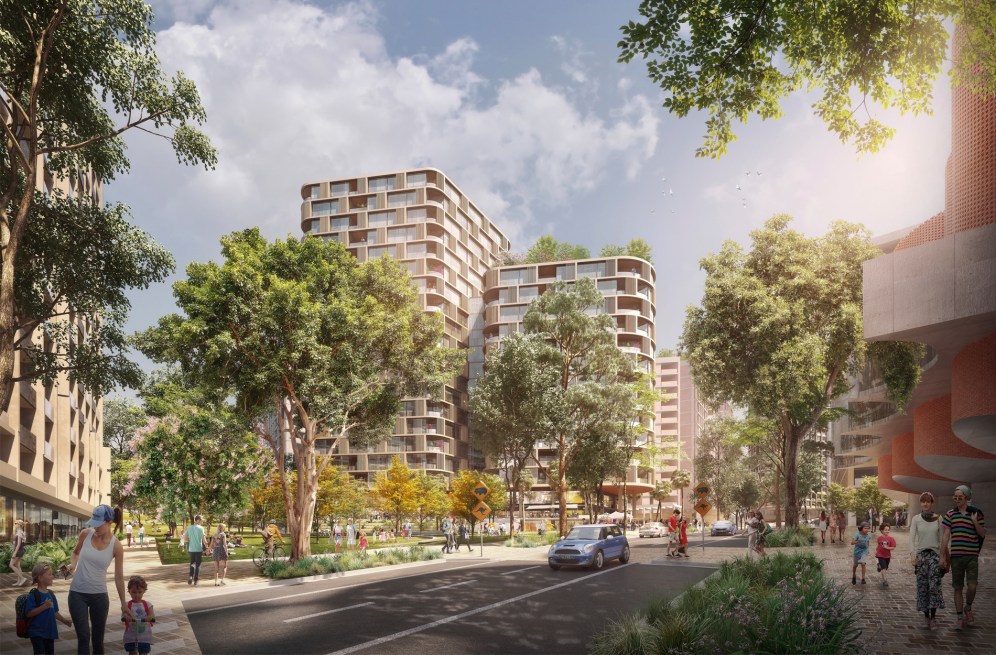
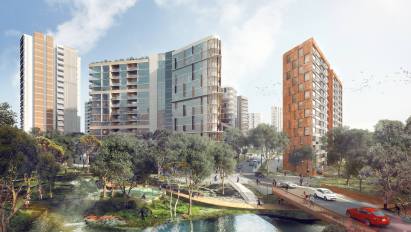
*Ivanhoe Estate, Macquarie Park, Sydney – proposed development by the NSW Land and Housing Commission.
To include 1,000 social housing and 128 affordable housing dwellings, community facilities, a high school, retail and green space.
Tenants benefit with improved comfort and lower energy costs
And let’s remember that “social housing is there primarily to help tenants,” Daniel says.
“Always, the starting point has to be improving tenant wellbeing.”
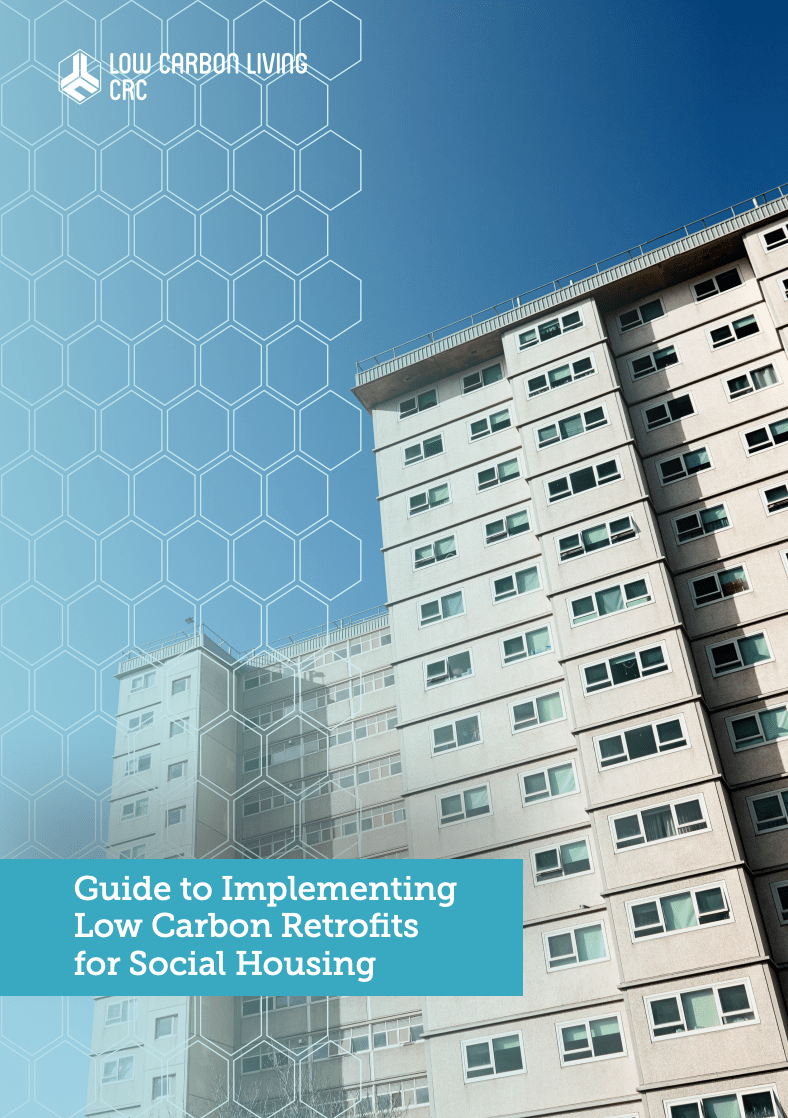
This includes both the physical health and wellbeing benefits of better thermal comfort in extreme heat and cold, as well as the mental wellbeing that comes with more affordable energy bills.
During the research for the guide, Daniel and the CRCLCL team found tenants can implement quite extreme measures to keep their energy bills down, such as not switching on heating during freezing weather, or cutting back on showers to save on hot water energy use.
The guide maps out a three-step process to help property managers support tenants to avoid uncomfortable practices and still manage energy bills.
The first step involves implementing simple measures that should benefit all homes. It explains how to measure air tightness and fix problematic gaps, improve insulation, options such as ceiling fans.
Step two focuses on upgrades with a higher upfront cost, that would be expected to bring large energy bill savings, such as ideas for more efficient hot water services, solar PV for low-rise and detached dwellings, and upgrading air-conditioning systems.

Daniel notes that hot water systems are a big opportunity, but can be problematic.
Many are ageing, and if a system breaks down, by law it must be replaced in a very short timeframe, and quite often the most feasible options become a like-for-like replacement.
Changing the system to a more efficient such as a heat pump hot water system needs site specific consideration, and may need modifications to pipework or the space allocated to the system.
A way around this is to plan ahead for upgrades when a system approaches expected end-of-life or during the window between tenants.
“When the property is vacant, tradies are coming in and out of the property anyway fixing things,” Daniel says.
Some of the new property management and asset management tools can be a big help to ensure end-of-life systems are replaced with better, more efficient ones – before they break down.
Step three of the guide’s pathway explains upgrades that can really bring a tired, ageing property into the 21st century, but may only be appropriate in certain climate locations, such as window replacements, adding external shading, adding underfloor insulation and adding wall insulation during recladding.
The guide also includes ways social housing organisations can support and inform tenants to make smart changes, which can be started at any time.
It sets out the benefits and the considerations for straight-forward improvements such as replacing old lightbulbs with LEDs, adding window coverings such as curtains or blinds, and choosing energy-efficient appliances such as fridges and TVs.
"Property management and asset management tools can be a big help to ensure end-of-life systems are replaced with better, more efficient ones – before they break down.”
"Residential properties are in many ways the “low hanging fruit” for emissions reduction."
The guide also steps property managers through how to best communicate with tenants about upgrades and improvements and provides pointers towards relevant resources and supports for low carbon energy efficiency initiatives.
The sector can make a significant contribution to broader goals around reducing the overall carbon footprint of our built environment, Daniel says.
Residential properties are in many ways the “low hanging fruit” for emissions reduction.
And while as a tenant, there are only limited opportunities to cut energy use and corresponding emissions, where social housing managers work with tenants, everyone can contribute to the low carbon transition effectively.
“There is a bit of a learning curve at the start, such as how to tender for works and equipment, how to do an energy audit and how to install some items.”
However, as many portfolios have properties that are similar in construction types and building systems, there is a real opportunity for some replicability of upgrades across multiple dwellings.
Download the CRCLCL Guide to Low Carbon Social Housing Retrofits
18 November 2019
The Green List



